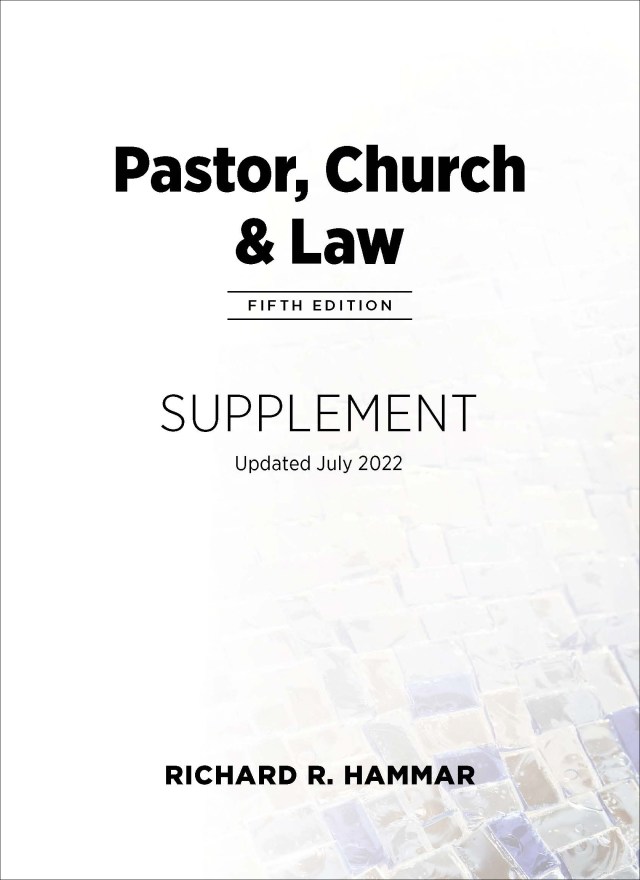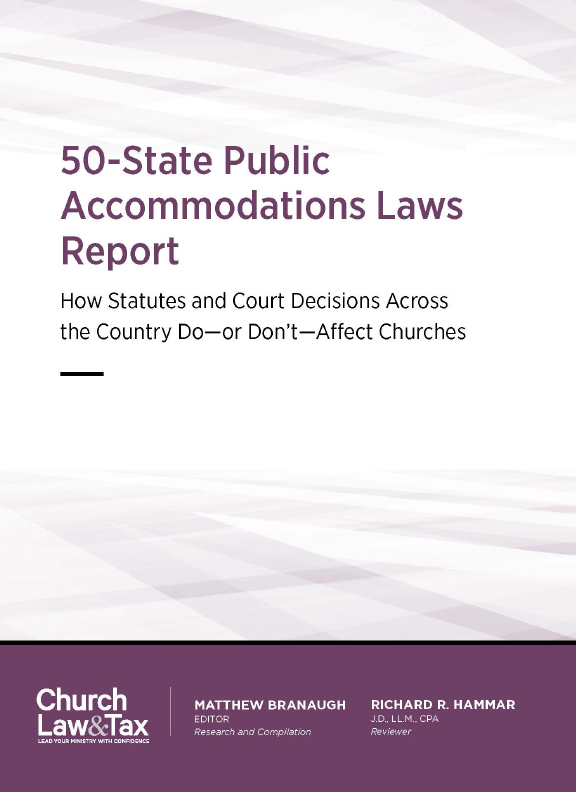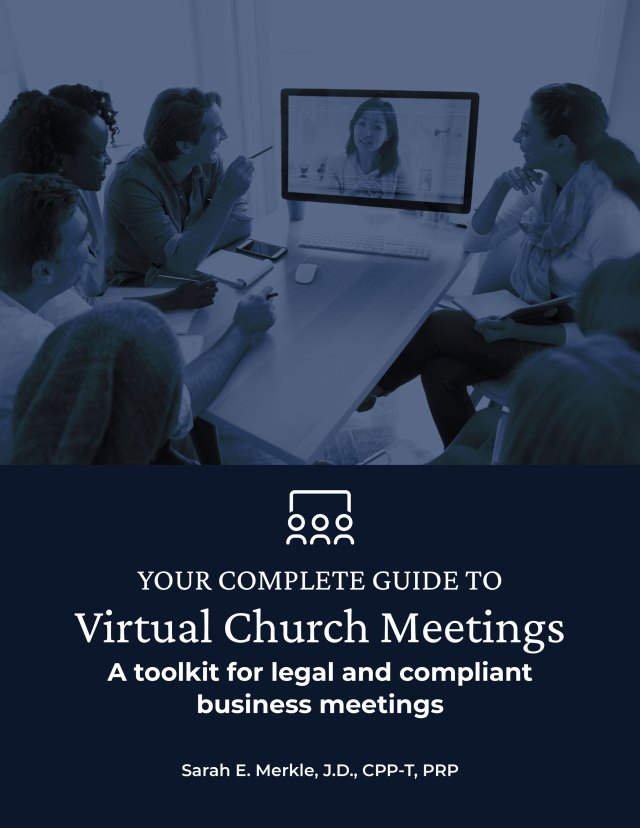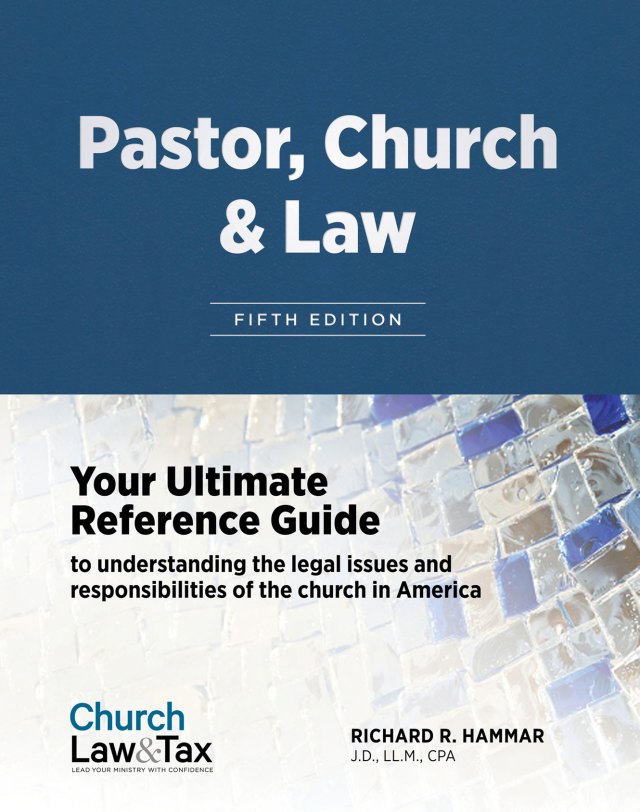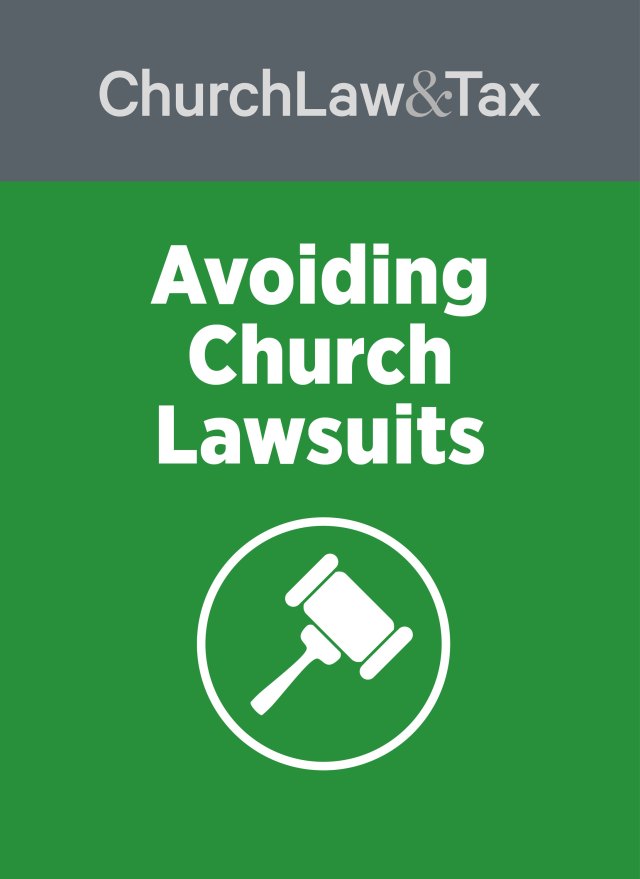Many helpful takeaways are in the 200-page ruling issued by the judge overseeing the Boy Scouts of America’s bankruptcy proceeding.
We’ve summarized a few of them here:
Takeaway 1: Boy Scouts of America (BSA) is a debtor with tens of thousands of non-debtor entities. The Boy Scouts bankruptcy proceeding is a mass tort case that involves sexual abuse claims. The Boy Scouts bankruptcy case also underscores BSA’s violation of trust as a national nonprofit organization with a household-recognized name and more than 100 years of history. The victims and their families suffered abuse. They now seek compensation. The also want to ensure that, to the extent BSA survives, it does so in an environment where abuse is both exposed and dealt with.
Takeaway 2: More than 82,000 claimants filed proofs of claim asserting sexual abuse. More than 1,000 claimants sent letters to the court, many telling their stories for the first time. Meanwhile, BSA continues its mission by offering more than 1 million boys and girls opportunities to learn self-sufficiency and leadership.
Takeaway 3: Both the national BSA office and its local councils and chartered organizations are defendants in hundreds of lawsuits alleging sexual abuse. These cases contain horrific details into specific abuse cases as well as grooming activities that extend back more than a century. Moreover, the cases suggest BSA maintained secret records of volunteers accused of molesting scouts. These are the “ineligible volunteers files,” or “perversion files.”
Some plaintiffs allege BSA enjoyed “top-down” control over the local councils and chartered organizations. Others allege local councils and chartered organizations acted as BSA agents. Still others allege adult volunteers acted as BSA agents with BSA’s blessing.
Takeaway 4: Many legal theories are in play as plaintiffs look to hold some—or all—defendants liable for their acts. These theories include:
- Negligence
- Gross negligence
- Negligent retention
- Negligent supervision
- Fraudulent concealment
- Willful and wanton misconduct
- Constructive fraud
- Breach of fiduciary duty
Meanwhile, some complaints separate the allegations by defendant. Others lump all defendants together as a single, harmful group.
The plaintiffs seek economic and non-economic damages and punitive damages. They also want names of known abusers made public and letters of apology. They want a toll-free number established so others may report abuse.
It is important to also understand that BSA settled some very large claims before seeking bankruptcy protection. One case involved 16 victims of a notorious abuser from the 1970s named Thomas Hacker. BSA filed and lost statute of limitation motions and later settled with the victims for almost $90 million.
Takeaway 5: At least 16 plaintiffs law firms or entities ran almost 11,000 ads in 90 days (from radio spots to half-hour infomercials) targeting potential claimants in 2020.
Takeaway 6: Many victims want the BSA to adopt new or expanded youth protection procedures as part of any settlement to their claims.
These include:
- Mandatory routine criminal background checks
- Registering all adults staying overnight while leading scouting activities
- Creating a single, accessible youth protection manual
- Creating trauma-informed, clinical- and evidence-based training materials
- Teaching scouts how to recognize and report inappropriate behavior
- Creating better incident reporting procedures to include mandatory reporting anytime an adult offender is placed in the volunteer screening database
- Creating a place of remembrance for all child abuse survivors in prominent places at all BSA High Adventure bases, along with a survivor-focused path to Eagle Scout
- Improved volunteer screening through a public-facing volunteer screening database that is also shared with other youth service organizations.
- Creating better incident reporting procedures to include mandatory reporting anytime an adult offender is placed in the volunteer screening database
- Creating a place of remembrance for all child abuse survivors in prominent places at all BSA High Adventure bases, along with a survivor-focused path to Eagle Scout
- Improved volunteer screening through a public-facing volunteer screening database that is also shared with other youth service organizations.
Richard Hammar also found several insurance takeaways for church leaders within the BSA bankruptcy ruling.
Key revelations in the Boy Scouts bankruptcy
The damages are substantial.
Sexual molestation of minors can come with a heavy financial penalty. Again, the court noted BSA’s almost $90 million settlement with 16 victims. Remember, there are more than 82,000 claims currently pending against BSA.
Churches are not automatically liable for the sexual abuse of minors.
There must be a legal basis for liability in cases of sexual abuse of minors that happens on a church premises or in the course of church activities.
The court mentioned nine of them:
- Negligence
- Gross negligence
- Negligent retention
- Negligent supervision
- Fraudulent concealment
- Willful and wanton misconduct
- Gross negligence
- Constructive fraud
- Breach of fiduciary duty
Victims of child sexual abuse in a church generally cite one or more of these theories of liability in an attempt to hold the church liable for the abuse.
What is “negligence?”
Negligence refers to conduct that creates an unreasonable risk of foreseeable harm to others. It connotes carelessness, heedlessness, inattention, or inadvertence.
But church leaders should understand that churches are not “guarantors” of the safety and well-being of children. They are not liable for every injury that occurs on their premises in the course of their activities. Generally, they are responsible only for those injuries that result from their negligence or some other malfeasance.
One common form of negligence is negligent selection. Negligent selection is when an organization fails to responsibly, and with due care, choose volunteers and paid workers whose duties involve the supervision or custody of minors.
Abuse victims suing churches often allege negligent selection.
What is “negligent retention and supervision?”
Negligent retention means that a church knows an employee or volunteer who interacts with minors may pose a risk of harm to minors, but retains that person anyway.
Negligent supervision means that a church is careless with how it supervises children on the church premises and during off-campus church activities.
Gross negligence and willful and wanton misconduct all can lead to punitive damages not covered by insurance.
Gross negligence, by definition, is more serious than negligence because it indicates a party showed a lack of care that demonstrated reckless disregard for the safety of others. Willful misconduct suggests an intent to injure, while wanton misconduct suggests indifference about whether an act would harm others.
BSA victims alleged gross negligence and willful and wanton misconduct, opening the door for a court to award punitive damages.
Punitive damages go beyond just compensating victims for whatever loss they sustained.
They are designed to punish a wrongdoer for particularly reprehensible or outrageous conduct.
They also represent a potentially uninsured risk.
To illustrate, in one case, a punitive damage award was based on the fact that church officials repeatedly and knowingly placed a priest in situations where he could sexually abuse boys and then failed to supervise him and disclose his sexual problem. Clearly, church officials did not intend for the priest to molest anyone. But, under the circumstances, the jury concluded that the church’s actions were sufficiently reckless to justify an award of punitive damages.
For church leaders, reckless inattention to risks can lead to punitive damages. The problem then becomes one of insurance, as many church insurance policies exclude punitive damages.
One example of gross negligence or willful and wanton misconduct that can potentially lead to punitive damages is a failure by church leaders to implement effective procedures for the selection and supervision of youth workers.
Gross negligence and willful and wanton misconduct also can lead to the loss of limited liability under state law for uncompensated officers and directors of churches.
State and federal laws provide limited immunity from legal liability to the uncompensated officers and directors of nonprofit corporations (including churches) for their ordinary negligence. This is an important protection.
However, most of these laws do not protect officers and directors from liability for their gross negligence or willful and wanton misconduct.
Gross negligence and willful or wanton misconduct also can bring personal liability.
Church leaders are more likely to be personally sued if they’re found guilty of gross negligence.
Church leaders that show indifference to information that clearly demonstrates improper behavior by a staff member or volunteer worker can be viewed by a court as being grossly negligent. This makes it more likely such leaders will be personally sued.

